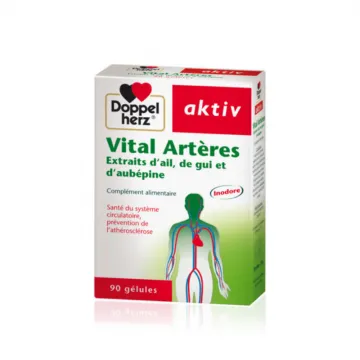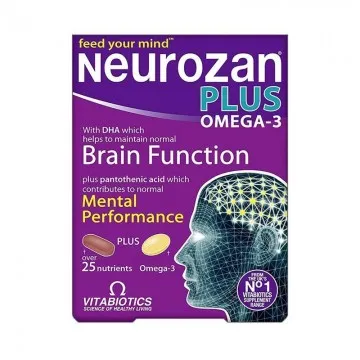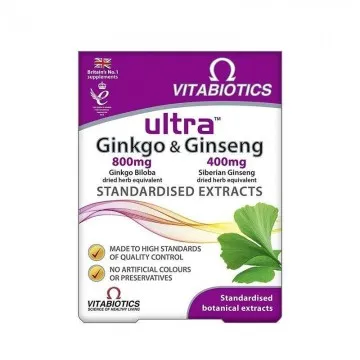VICEBROL FORTE 10MG 90 Tab
Vicebrol Forte contains the active ingredient vinpocetine.
Vinpocetine is a compound used to treat diseases or to relieve symptoms related to blood circulation disorders in the brain.

Cash on Delivery

Free Delivery in Tirana city.

Delivery Anywhere in Albania, only 300 Lekë
Indications:
This drug is used in:
- alleviating the symptoms of chronic cerebral circulation disorders occurring as a result of a stroke (memory deficiencies, decreased intellectual performance, ataxia),
- alleviating mental and neurological symptoms associated with cerebral circulation disorders in the course of cerebral atherosclerosis, including vascular dementia,
- in the supportive treatment of vision disorders with vascular origin,
- in the supportive treatment of hearing disorders of vascular origin.
Contraindications:
• if you are allergic (hypersensitive) to vinpocetine or any of the other ingredients of Vicebrol Forte,
• during pregnancy and breastfeeding,
• in children, due to insufficient data on the use of vinpocetine in this age group,
• in acute ischemic disease and arrhythmias,
• if you have bleeding into the CNS (central nervous system).
Dosage:
Dosage in adults: In the initial phase of treatment, take 1 tablet three times a day (30 mg / day). The therapeutic effect of the preparation begins after about a week, the maximum therapeutic effect is achieved within three months, and the improvement of the patient's condition can be seen after 6-12 months of therapy.
Composition:
The active ingredient is vinpocetine. One tablet contains 10 mg of vinpocetine. The other ingredients are:
lactose monohydrate, microcrystalline cellulose, pregelatinized starch, magnesium stearate
Pregnancy:
Pregnancy
Ask your doctor or pharmacist for advice before taking any medicine. Vicebrol Forte is contraindicated during pregnancy.
Breast-feeding:
Ask your doctor or pharmacist for advice before taking any medicine. Vicebrol Forte is contraindicated during breastfeeding as vinpocetine passes into breast milk.
Undesirable:
The following side effects have been reported with the use of vinpocetine, classified according to their frequency:
Very common: (more than 1 in 10 people)
Common: (more than 1 in 100 people or less
than l per l O persons)
Uncommon: (more than 1 in 1,000 people
and in less than 1 in 100 people)
Rare: (more than 1 in 10,000 people or less
than 1 in 1,000 people)
Very rare: (less than 1 in 10,000 people) not known (frequency cannot be estimated from the available data). Heart disorders
uncommon: cardiac arrhythmias: ST segment depression, QT prolongation, tachycardia and extrasystoles Vascular disorders uncommon: changes in blood pressure (mainly low blood pressure), facial flushing
Blood and lymphatic system disorders rare: leukopenia (decrease in white blood cells)
Nervous system disorders uncommon: sleep disturbances (insomnia, somnolence), dizziness and headache, weakness, tingling in extremities, increased sweating, hyperactivity, which may also be symptoms of underlying disease, gastrointestinal disorders uncommon: nausea, heartburn, dryness of the oral mucosa Hepatobiliary disorders uncommon: increase in liver enzymes.
Skin and subcutaneous tissue disorders uncommon: skin allergies



 Reviews
Reviews  Add product review you will collect 10 points with our loyalty program. You can convert 10 points in your account into a voucher for a future purchase. Reward points apply only to purchased products.
Add product review you will collect 10 points with our loyalty program. You can convert 10 points in your account into a voucher for a future purchase. Reward points apply only to purchased products.







